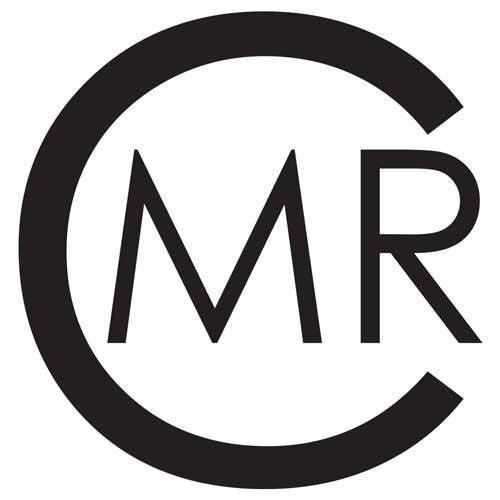Woodworking Machines
/Our machines are the heart of our work, although I would love to only use hand tools there is normally a machine that will do it quicker and more importantly better. But it can be misinterpreted by the layman as less skilled to use machines as we do, which is not the case. I thought I would take a minute to go through each machine and outline what it does, starting with the much over looked extraction system.
We have quite a beast of an extraction unit with a large motor, air flow and 30 fine filter bags. This of course removes the dust from the machines at a good rate which means that we are less likely to get dents and scratches from left over debris from machining. The fine filter bags reduce the amount of dust the machine exhausts, which is of course is better for our lungs and the general air quality of the workshop. It also helps to ensure the air being pulled into the spray booth filters isn’t full of dust.
Panel Saw
The heart of any furniture or joinery workshop is the panel saw, we have an Altendorf WA80, I would equate it to a Mercedes in the car world but this company also make my dream saw which would be a Mabach. I first used this saw whilst making very high end bespoke furniture at Paul Glover furniture, anything good enough for a company of that standard is good enough for me! The panel saw as you would guess cuts our panels to dimension with great accuracy, regularly checked for square and the rip fence and cross cut stops adjusted to 0.1mm tolerances. The table slides back and forth meaning we can cut timber and panels up to 3.2m with ease and laser precision. This machine is used on every piece of bespoke furniture we make be it a kitchen or table.
Planner
Our planner is my prize possession, it is a Wadkin super 500, wadkin are an old company who made some of the best machines around, and my planer is one of them. I spent some time searching for this machine as it come with something called a tersa cutter block, which just means I can change the cutting knives in seconds so we can always achieve the finest finish. Sometimes we find bits of metal in the timber as we machine it, I once found a bullet in some American oak!! Our planer is quite a size 2.7m in length and with a planing width of 500mm, this allows us to achieve a great accuracy in flatness and accuracy of our components which is paramount when making bespoke furniture.
After the planer, there is the thicknesser which reduces the timbers thickness and parallels the surfaces, once again she is quite the lump which helps reduce vibration and give a very fine, smooth finished surface.
Spindle Moulder
The most versatile machine is the spindle moulder, its simplest function is to rebate and groove timber using interchangeable cutter blocks. We also have large blocks that we are able to use different cutters to produce any moulding detail, this is very useful when making a cornice to go on the top of a piece of furniture. We use the spindle to tenon our doors and frames. With different jigs and a little ingenuity the spindle moulder has limitless uses, but if used by some one untrained can really ruin your day.
Pad Sander
The newest addition to the workshop is our padsander, which is basically a giant belt sander. With this machine we can sand large areas very quickly and produce a near finish quality surface in less than half the time of using a smaller hand held sander. Using this machine is like patting your head whilst rubbing your tummy, the right hand controls a leaver to apply pressure to the sanding surface as the left hand moves the table to and fro, the table must never stop whilst sanding. It really takes some practice but can be an amazing machine.





